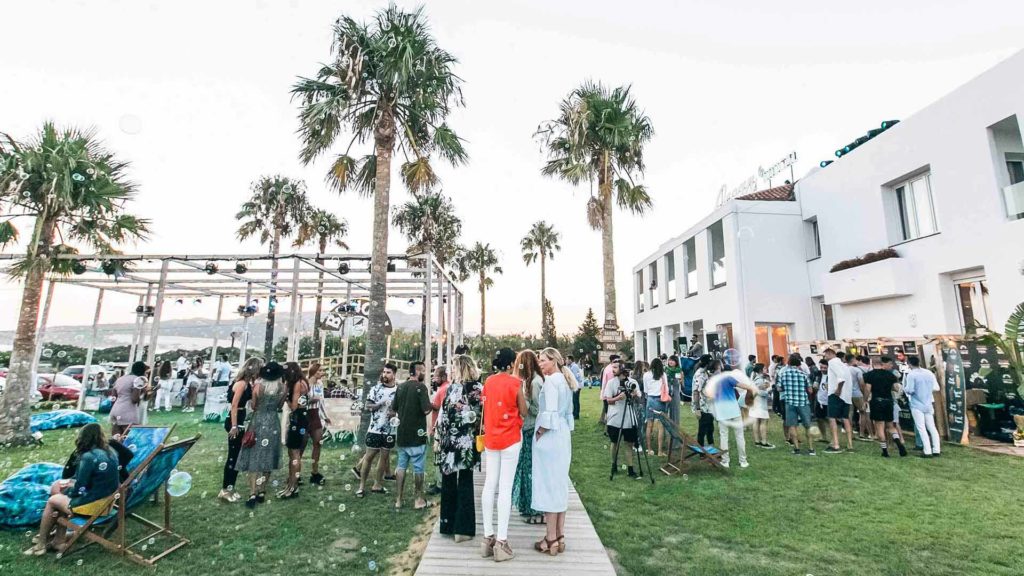Recently, there’s been a boom of experiential events, or to be more precise, brand experiences aimed at surprising and exciting the customers and other stakeholders. Memorable and interactive brand activations that foster consideration and recommendation. In this article we will talk about the advantages of organizing experiential events and what should not be missing to make them a success.
This experiential boom is triggered by a shift in consumers’ minds, that is partly due to a natural human evolution and, to some extent, to the times we live in.
There are two major reasons for that. On one hand, in order to trust brands, nowadays customers demand from them less conversation and more action. And on the other, after the pandemics the need for emotions and for experiencing things in a more direct way has gained unusual importance.
And both of these circumstances have boosted the popularity of experiential events and have made very important to have clear the guide to organize this type of events.
Precioso montaje con sabor veraniego en plena playa de Valdevaqueros, en Cádiz
The core value of these events hides in the advantages they offer both the brands and the consumers. Brands receive first-hand information about the customers’ tastes and preferences, by collecting valuable input and observing the customers’ interaction with the product in real time, for further improvements.
While the customer is allowed to play an active role, to be in the centre of the process experiencing the value proposition in first person and being heard.
It’s obvious that events are the best way of showcasing a brand. But their experiential component has also enabled bidirectional communication, the feedback between customers and brands. The brand expresses itself through an experience and collects customers’ feedback.
But what are the keys to a successful experiential event?
Creativity_ The most important thing to bear in mind when it comes to an experiential event. If you want to be remembered, do things differently. At such events creativity should trigger in us all kinds of emotions being visible in the tiniest details.
How memorable it is_ Quite related to the previous point. Do it memorable. Do something that has never been done before or done in other way, to surprise the audience. If it’s memorable, you’ll get to the top of mind. Besides, it boosts social sharing and enhances impact and scope.
Customization_ One of the strongest weapons. Customize your experiential event to make it unique and unforgettable for the customer. It’s proven that the more the customers identify themselves with your brand, the higher is the consideration they will have for it. And customization is the highway to it.
Precioso montaje con sabor veraniego en plena playa de Valdevaqueros, en Cádiz
Create a community_ Take advantage of the event and the people it gathers to create your brand’s community. It will magnify the event’s potential and will make it linger for much longer in the people’s minds. Engage the customers, allow them creating content and sharing it, and don’t forget to encourage their interaction around your brand.
Social and environmental commitment_ The 2030 Agenda, environmental movements, including art, etc. It seems like people are committed to a better world. So, including any sustainable initiative, especially focused on the environmental, social and economic aspects, will have a positive impact on the image of your brand. Creating an experiential event with sustainable materials, hiring personnel in risk of social exclusion, donating the surplus materials to some association to give them second life are just some of the ideas that will help you meet your sustainable goals.
There are thousands of successful cases to inspire when developing an experiential event that can help you plan your next event.
And remember, if your brand organizes an event, it’s like inviting your customers to your home for a dinner. You have to show it in the best of the lights, telling what’s new and why it has changed. And above all, you have to achieve that upon leaving the customers have good memories of the experience and wish to come back.






